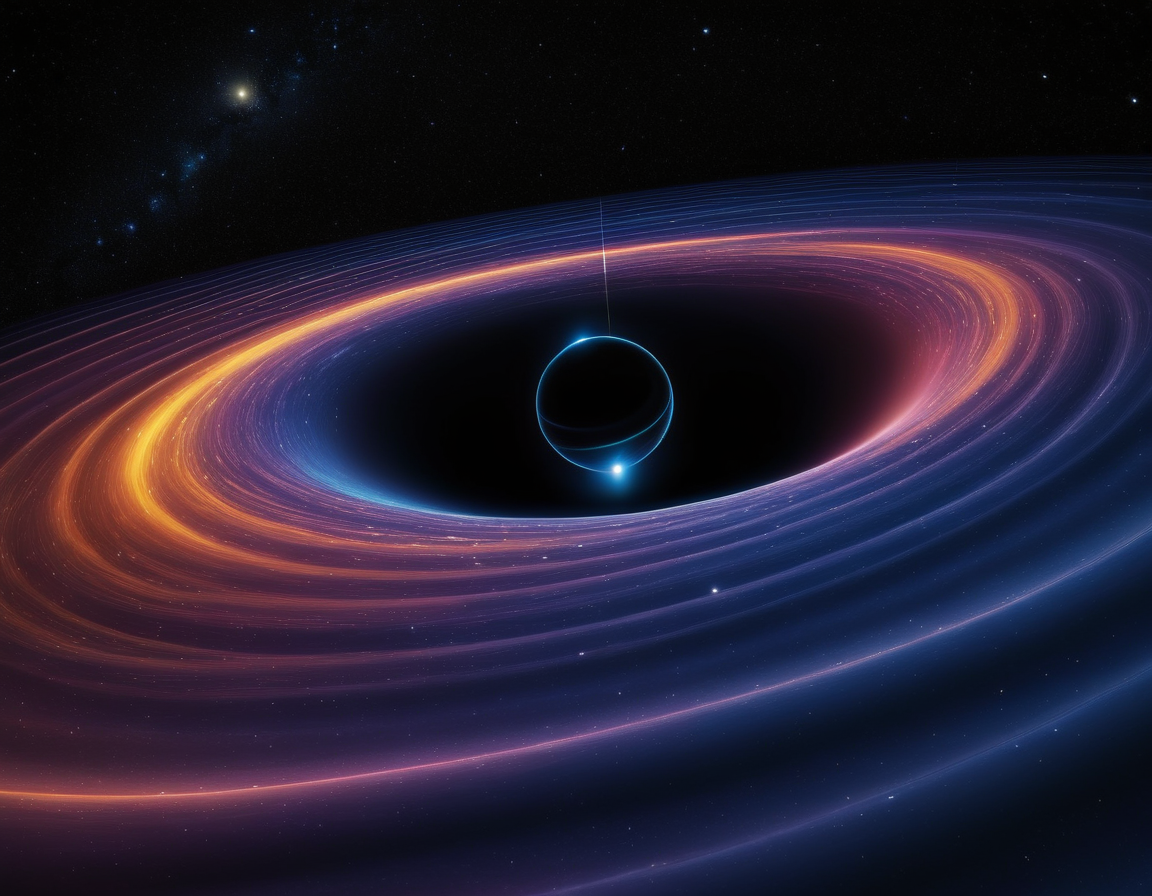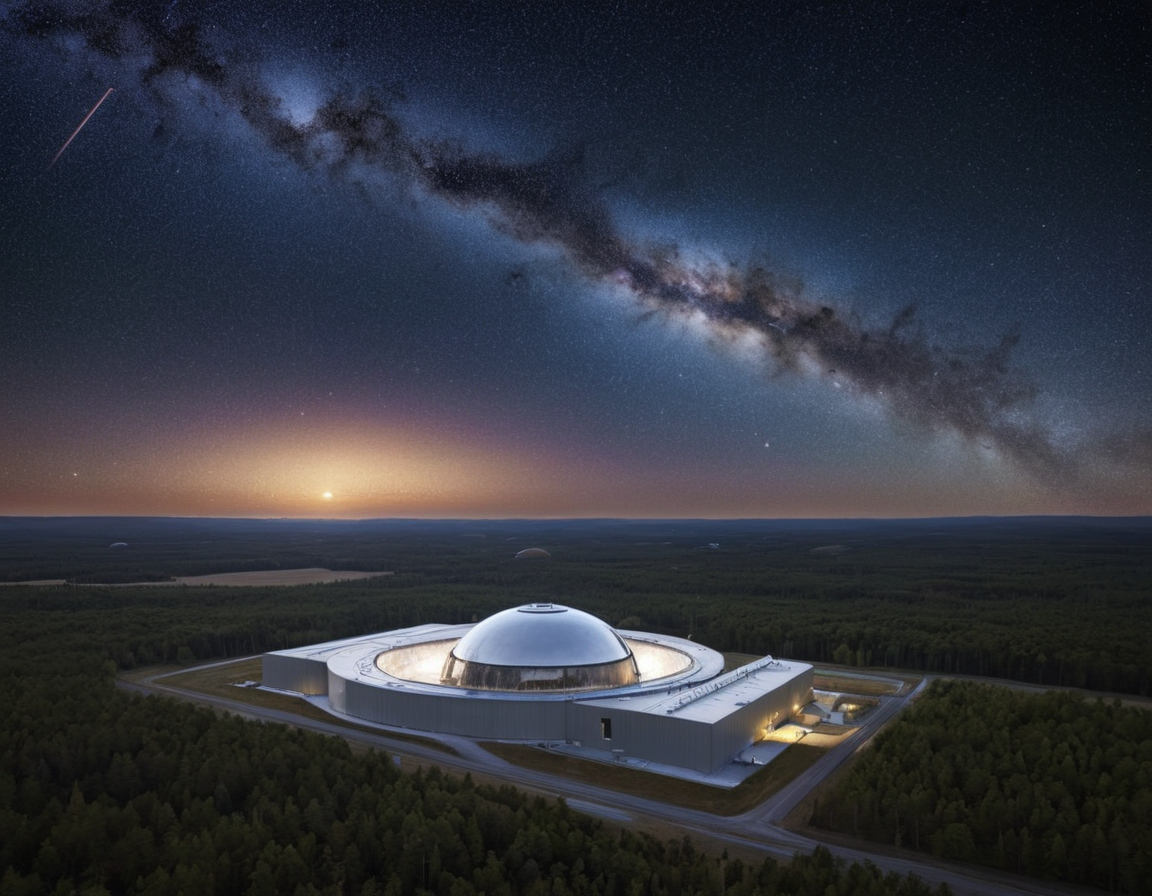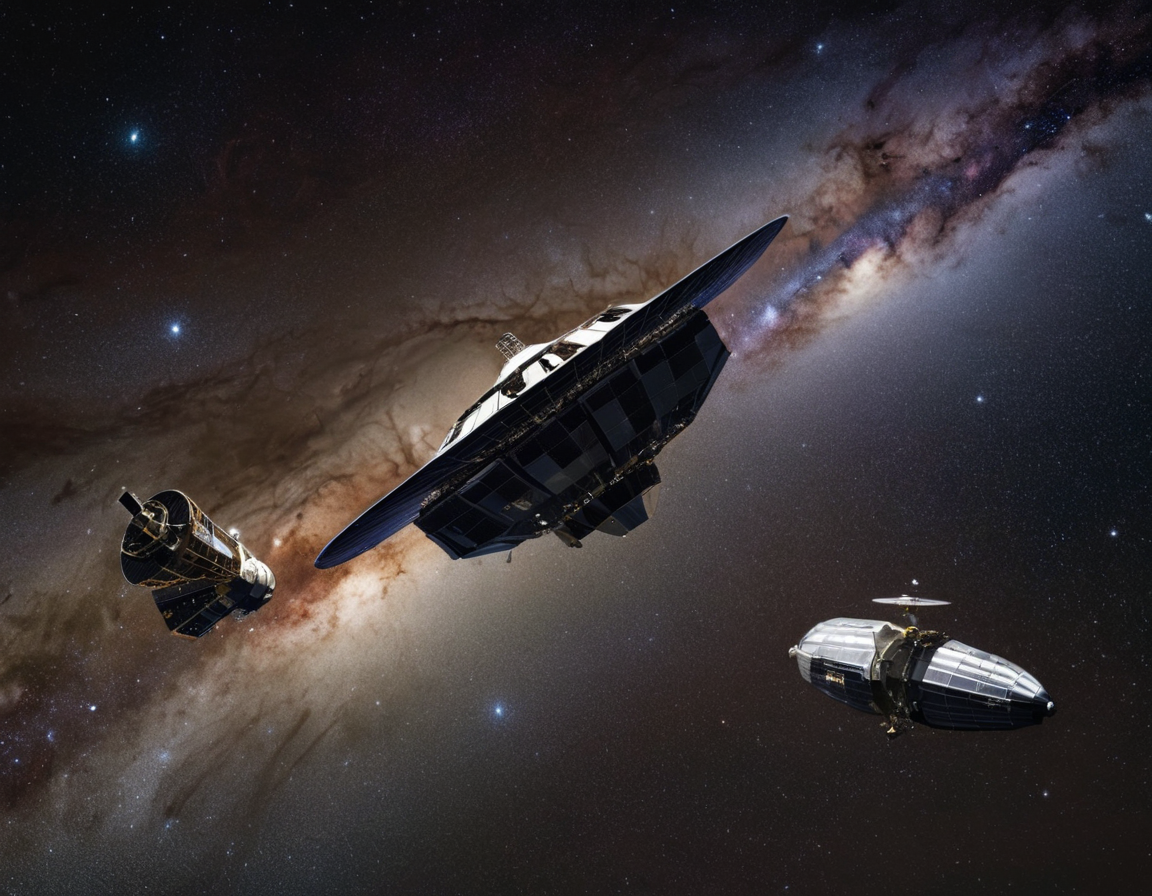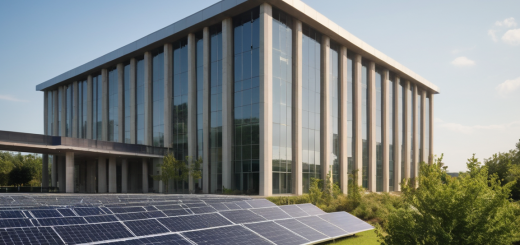Unlocking the Mysteries of the Universe: An Exploration into Gravitational Waves
Gravitational Waves: The Ripples in Space-Time
Recent scientific advancements have allowed us to explore the cosmos in ways that were once thought to be impossible. One such breakthrough involves the detection of gravitational waves, ripples in the fabric of space-time caused by some of the most violent and energetic processes in the universe. In this article, we will delve into the fascinating world of gravitational waves and understand why their discovery is a milestone for astrophysics and a new window into observing the cosmos.
What are Gravitational Waves?
First predicted by Albert Einstein’s theory of general relativity in 1916, gravitational waves are distortions or ‘ripples’ in space-time that occur when massive objects accelerate. These waves travel at the speed of light and can result from events such as colliding black holes, neutron star collisions, supernovae, or even the birth of the universe itself.

How Are They Detected?
The breakthrough for direct gravitational wave detection came on September 14, 2015, when the Laser Interferometer Gravitational-Wave Observatory (LIGO) sensed waves from the merger of two black holes. The LIGO detectors in Louisiana and Washington operate by measuring the incredibly tiny distances that gravitational waves induce between mirrors positioned kilometers apart.
The confirmation of these waves has not only supported Einstein’s century-old prediction but also earned the scientists behind LIGO the Nobel Prize in Physics in 2017. With this new tool, we have ushered in an era of ‘multi-messenger’ astronomy, where gravitational wave signals are studied in conjunction with electromagnetic waves (light), neutrinos, and other cosmic particles to understand the universe in more detail.

Implications and Future Endeavors
The detection of gravitational waves has multiple implications. It enhances our understanding of the universe, confirming that black holes and neutron stars can orbit each other and merge. The study of these waves sheds light on the fundamental questions of the universe’s formation and allows us to test the limits of general relativity.
The future of gravitational wave astronomy is bright, with several ground-based detectors like VIRGO, KAGRA, and LIGO-India joining the mission to detect cosmic events. Even more ambitiously, the European Space Agency is planning the Laser Interferometer Space Antenna (LISA) – a space-based observatory set to launch in the 2030s, aiming to detect waves that are millions of times longer and cannot be observed from Earth. These efforts herald a new era in astronomy, where the unseen cosmos will finally unravel its secrets, bit by fascinating bit.

As we continue to explore these cosmic ripples, we extend our senses beyond the electromagnetic spectrum, listening to the universe’s heartbeat. We stand at the edge of discovery, eager to uncover what lies in the violent throes of cosmic cataclysms and the silent whispers of gravitating giants.
If the idea of gravitational waves intrigues you, stay tuned and keep looking up. The universe has only started to unveil its mysteries, and what a wonderful era to be alive to witness it all!
Call to Action
Are you fascinated by the workings of the universe and want to be part of the conversation? Join our forum to discuss the latest discoveries and share your thoughts on gravitational waves and other cosmic phenomena!
Don’t forget to subscribe to our newsletter to get the latest news and updates from the exciting field of astrophysics!






